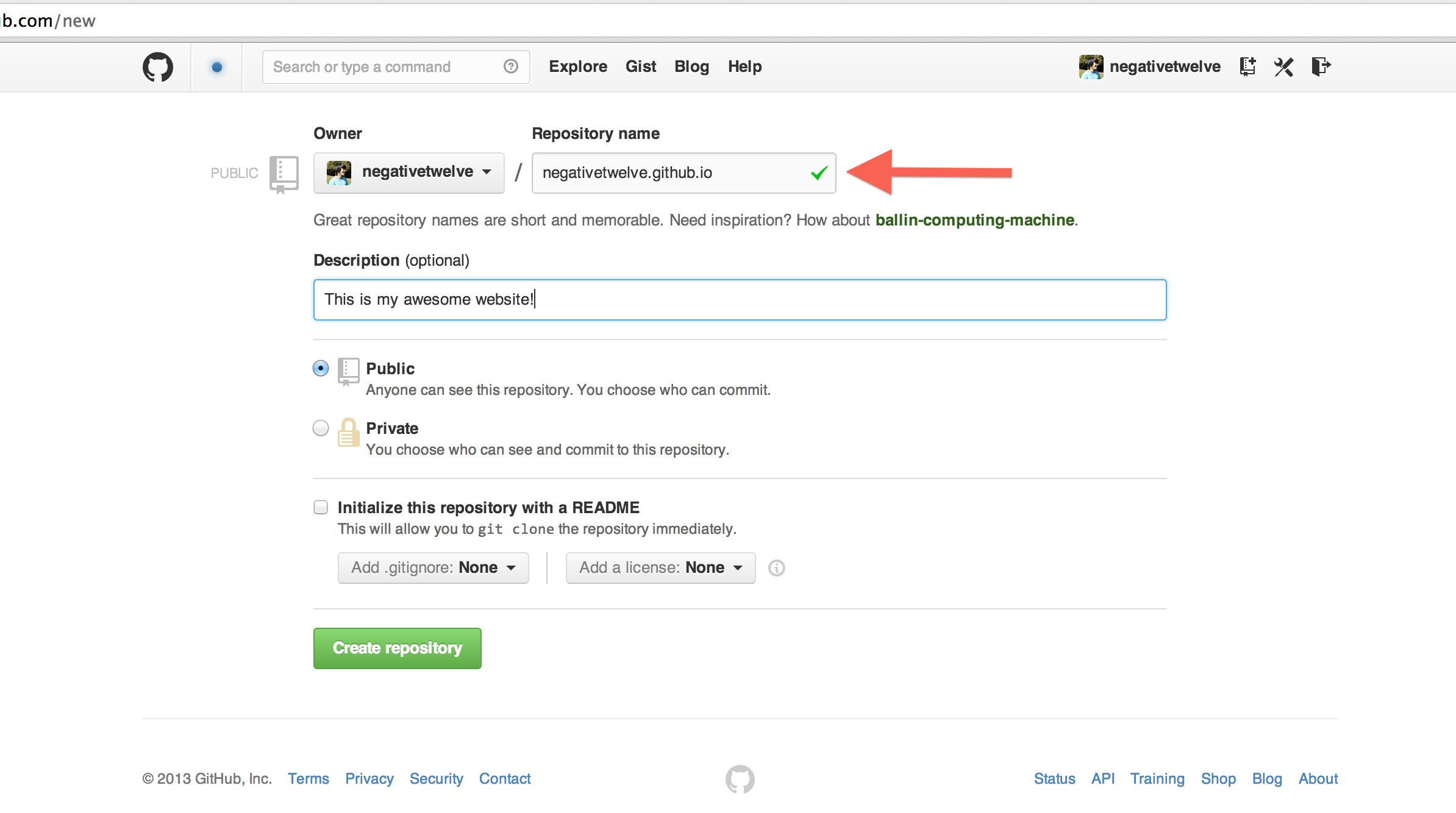

- #Github find file by name how to#
- #Github find file by name update#
- #Github find file by name full#
- #Github find file by name code#
- #Github find file by name download#


#Github find file by name code#
You can easily review this commit history to find out when file changes were made and determine differences between versions of your code using the terminal or from one of the many Visual Studio Code extensions available.
#Github find file by name full#
Git uses the parent reference information stored in each commit to manage a full history of your development. Note that since only the staged changes were committed, the other changes are still pending locally. From the More Actions dropdown, select Commit Staged.Ĭlick the Synchronize Changes button to synchronize the committed changes with the server. This will prepare CartItem.cs for committing without Category.cs.Įnter a comment of “Added comments”. Save the file.įrom the Source Control tab, click the Stage Changes button for CartItem.cs.
#Github find file by name update#
Update the open CartItem.cs class by editing the comment you made earlier and saving the file.Īdd a new comment to Category.cs so there will be two files with changes. Staging changes allows you to selectively add certain files to a commit while passing over the changes made in other files. If prompted, log in to your GitHub account. We will discuss staging later in the lab.Ĭlick the Synchronize Changes button to synchronize your changes with the server. If asked whether you would like to automatically stage your changes and commit them directly, click Always.

Select the Source Control tab to see the one change to the solution.Įnter a commit message of “My commit” and press Ctrl+Enter to commit it locally. It doesn’t really matter what the comment is since the goal is just to make a change. It’s a good idea to keep this message descriptive, but to the point.įrom the Explorer tab, open /PartsUnlimited-aspnet45/src/PartsUnlimitedWebsite/Models/CartItem.cs.Īdd a comment to the file. You give this message to Git when you create the commit. Git manages your code history using these references.Ī message describing a commit. This keeps it fast and allows intelligent merging.Ī reference to the parent commit(s). Git keeps the contents of all file changes in your repo in the commits. You can make more commits as you continue to work, and push the changes to others when they are ready to be shared. Commits are always made against your local Git repository, so you don’t have to worry about the commit being perfect or ready to share with others. You can select the changes that you want to commit by staging the changes. When you make changes to your files, Git will record the changes in the local repository. The solution may not be in a buildable state, but that’s okay since we’re going to focus on working with Git and building the project itself is not necessary. You can ignore any warnings raised about opening the projects. Once the cloning has completed, click Open. When prompted, log in to your GitHub account. Select a local path to clone the repo to. Paste in the URL to your repo and press Enter. It may help to type “Git” to bring it to the shortlist. The Command Palette provides an easy and convenient way to access a wide variety of tasks, including those provided by 3rd party extensions.Įxecute the Git: Clone command. Press Ctrl+Shift+P to show the Command Palette.
#Github find file by name download#
From the Clone or download dropdown, click the Copy to clipboard button. Every mainstream development tool supports this and will be able to connect to GitHub to pull down the latest source to work with. Getting a local copy of a Git repo is called “cloning”. Your GitHub browser tab should now be open to your forked version of the repo.
#Github find file by name how to#
In this lab, you will learn how to clone an existing Git repository from GitHub. Developers can commit each set of changes on their dev machine and perform version control operations such as history and compare without a network connection. Each developer has a copy of the source repository on their dev machine. Git repositories can live locally (such as on a developer’s machine). Git is a distributed version control system.


 0 kommentar(er)
0 kommentar(er)
